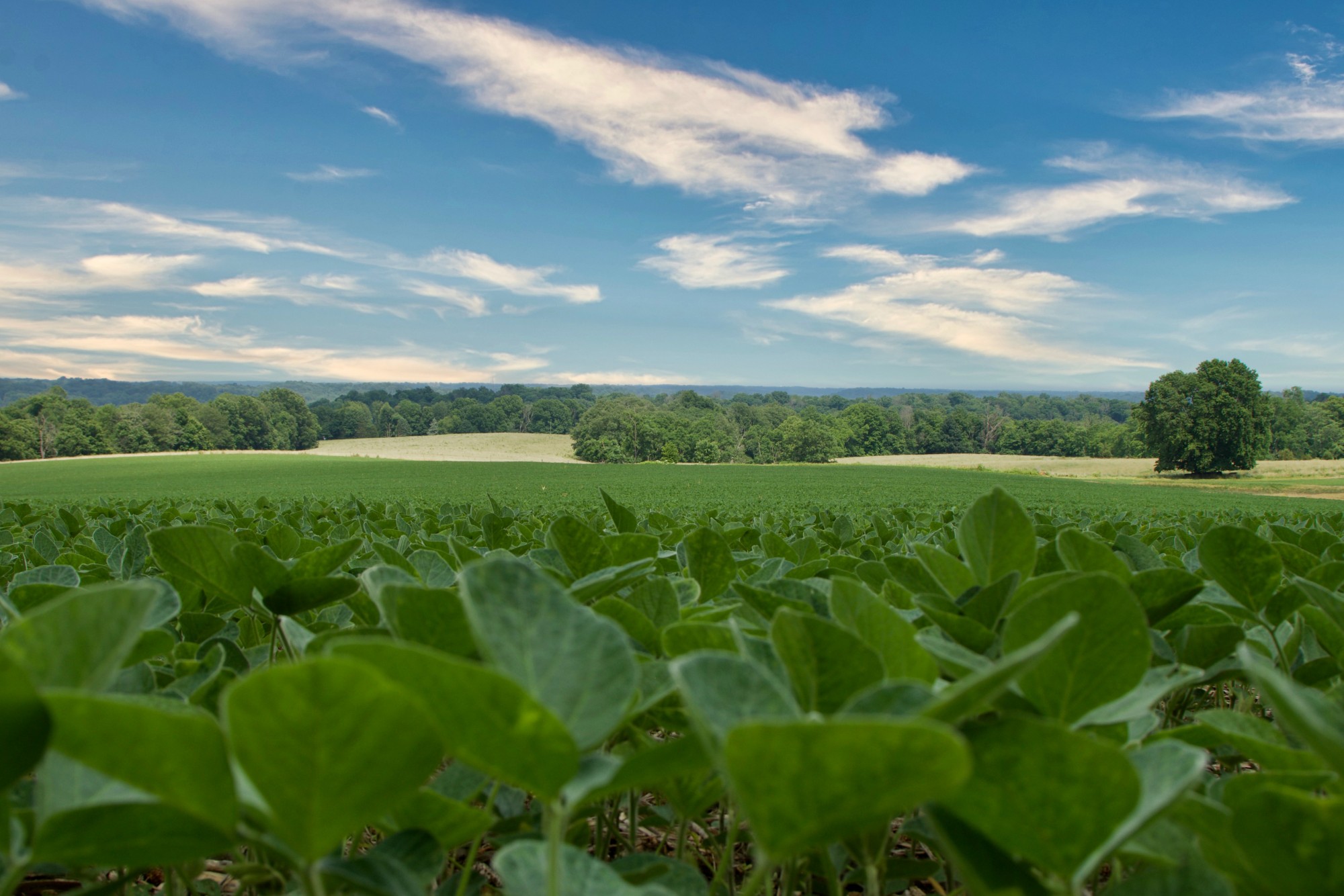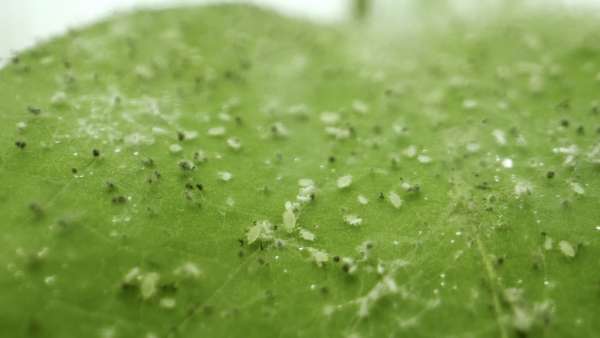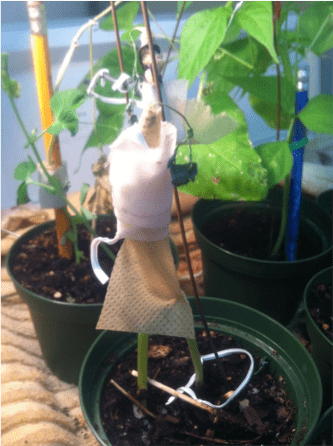Soybean growth and genetics
Lessons
# Inherited traits and growth stages
Students review soybeans and their importance to Ohio, then see which traits are inherited and when these traits appear in soybean growth stages.
Files
# Selective breeding for traits
Students review the selective breeding portion of the Plant breeding e-learning course then complete a set of Punnett squares for soybean traits.
Files
Teacher background
Soybeans have a long history of many uses, from ballast in ships to forage for animals, from uses in paints, cleaners and other industrial products to ingredients in many food products. In Ohio and across the United States, about half of all soybeans are exported. The export market is looking for specific traits. This unit describes some of the traits in soybeans that are of interest to researchers and lays the groundwork for learning about more advanced soybean breeding for disease resistance and genetic engineering.
Cultivars are numbered in soybeans (and many other row crops). These numbers represent the genetics and growth zones of soybeans. Soybean breeders and seed companies have developed specific cultivars to grow in various regions of the country—the beans we grow in Ohio are different in maturity from the ones planted in North Dakota or North Carolina due to climate differences.
Next gen science standards
Science and engineering practices
- Analyzing and interpreting data
- Constructing explanations (for science) and designing solutions (for engineering)
- Engaging in argument from evidence
- Obtaining, evaluating, and communicating information
Crosscutting concepts
- Structure and function
- Patterns
- Cause and effect
Disciplinary core ideas/content
- LS1A Structure and Function
- LS1B Growth and development of organisms
- LS1C Organization for matter and energy flow in organisms
- LS2B Cycles of matter and energy transfer in ecosystems
- LS4A Evidence of common ancestry and diversity
- LS4C Adaptation







Share this